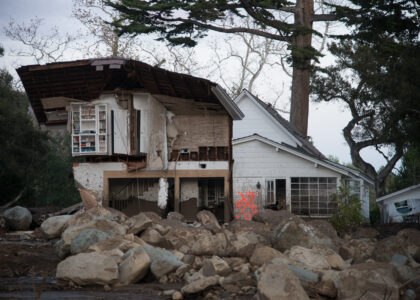Picture yourself standing in the heart of the New Madrid Seismic Zone, a place where the earth once roared with unimaginable force. This is the story of the 18th Century Tennessee Temblors, a series of earthquakes that left an indelible mark on the landscape and the people of the early 19th century. Between December 1811 and February 1812, the ground beneath what is now northeastern Arkansas, northwestern Tennessee, southeastern Missouri, and southwestern Kentucky shook with three major earthquakes. These seismic events were so powerful that their tremors were felt as far away as Canada and the Gulf Coast, ringing church bells in Boston and toppling chimneys in Cincinnati.
The first major quake struck in the early morning hours of December 16, 1811, with a magnitude estimated between 7.7 and 8.1. This was no ordinary tremor; it was a mighty upheaval caused by slippage along the Cottonwood Grove Fault. The earth’s surface heaved and cracked, swallowing sections of the landscape and spewing water and sand into the air. The Mississippi River itself seemed to defy nature, flowing backward temporarily due to the sheer force of the quake. Despite the widespread destruction, the sparse population of the region meant that the human toll was mercifully low.
The story doesn’t end there. The quakes continued, with significant aftershocks, including the ‘dawn aftershock’ on the same day, December 16, 1811, which registered at a magnitude of 7.0. These tremors continued to rattle the region until the last major quake on February 7, 1812. Each event left its mark, with violent shaking that opened large fissures in the ground, caused sand blows, and altered the course of the mighty Mississippi River.
In the midst of this geological turmoil, the region was home to resilient pioneers and settlers who bore witness to the earth’s fury. These early residents, including Native American tribes and European settlers, adapted to the changing landscape, building communities that would eventually flourish into the towns and cities we know today.
The New Madrid earthquakes hold a unique place in American history. They are the strongest recorded earthquakes east of the Rocky Mountains and serve as a stark reminder of the natural forces that shape our world. Today, the New Madrid Seismic Zone remains an area of high seismic risk, a testament to the restless energy beneath the surface.
As you stand here, imagine the stories of those who lived through these tremors—their courage, their resilience, and their determination to rebuild in the face of adversity. The legacy of the 18th Century Tennessee Temblors is one of nature’s power and humanity’s enduring spirit.


